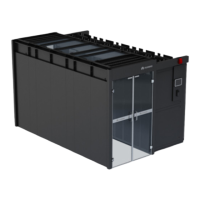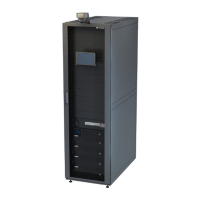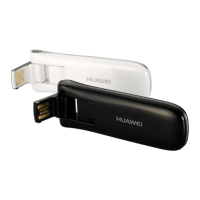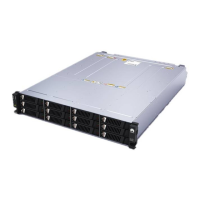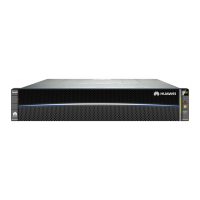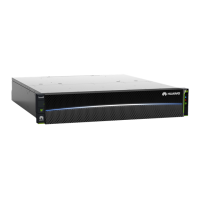Figure 5-23 Charging refrigerant (without a low temperature component)
(1) Electronic balance (2) Refrigerant cylinder (3) Pressure gauge
(4) Connection nut (5) Low-pressure needle
valve
(6) Exhaust pipe needle valve
● If there is a low temperature component, open the low-pressure valves of
pressure gauge 1 and pressure gauge 2, and charge the remaining refrigerant
from the low-pressure needle valves in small
ow or intermittently.
Figure 5-24 Charging refrigerant (with a low temperature component)
(1) Electronic balance
(2) Refrigerant cylinder (3) Pressure gauge 1
(4) Pressure gauge 2 (5) Connection nut (6) Low-pressure needle
valve
(7) Discharge pipe needle
valve
(8) Liquid pipe needle valve
Step 4 On the home screen, choose Running > Device Details > Compressor, and view
Discharge pressure and Suction pressure to determine whether they are within
normal ranges. Choose Running > Device Details > EEV and view EEV suction
superheat degree to determine whether it is within the normal range.
Outdoor
Ambient
Temperature
Normal
Discharge
Pressure Range
Normal Suction
Pressure Range
Normal Suction
Superheat
Degree Range
< 15°C 1.5–2.5 MPa 0.7–1.2 MPa 8–15°C
15–35°C 1.5–3.1 MPa
FusionModule2000-S Smart Modular Data Center
User Manual 5 Power-On Commissioning
Issue 07 (2022-09-30) Copyright © Huawei Technologies Co., Ltd. 173

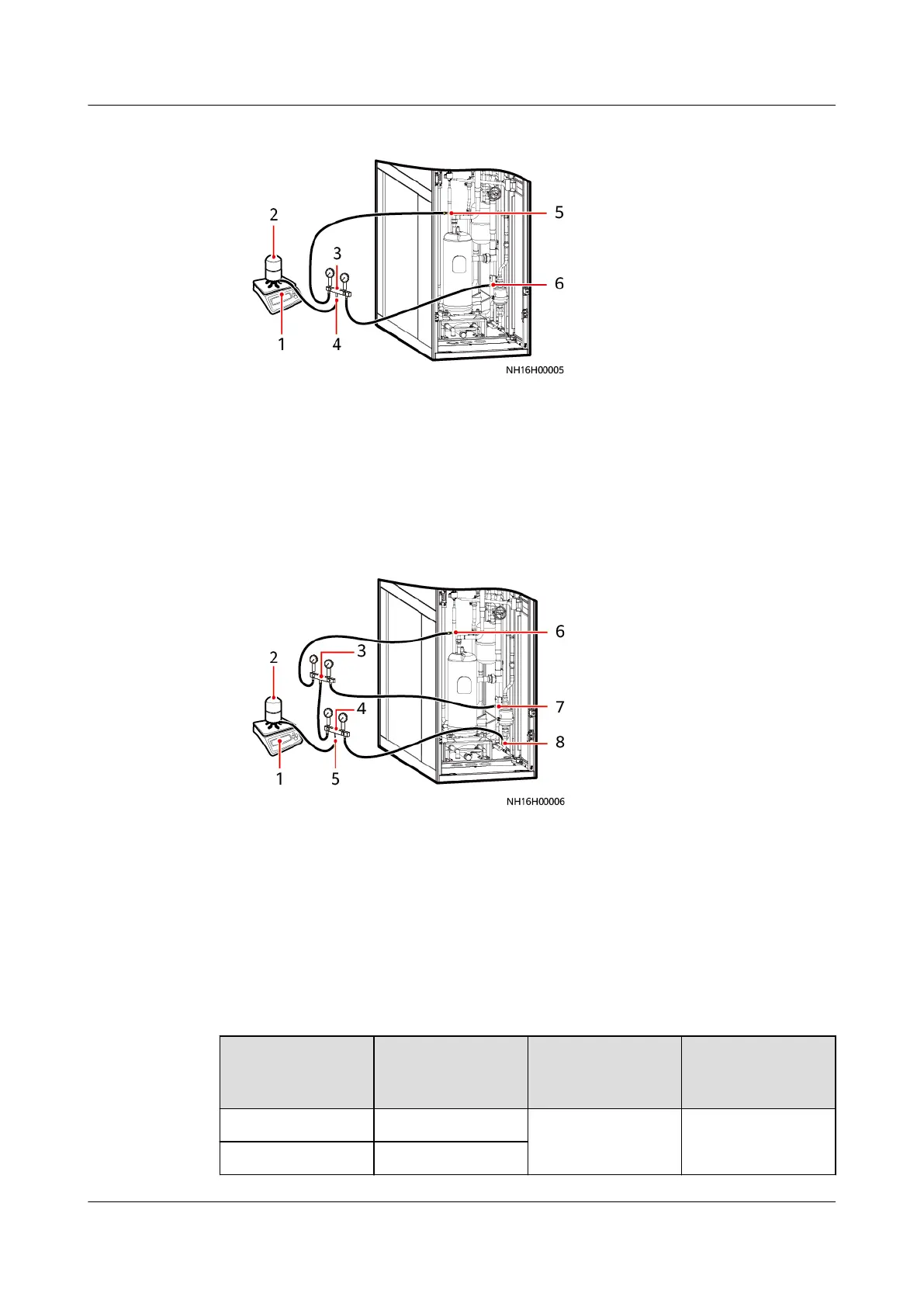